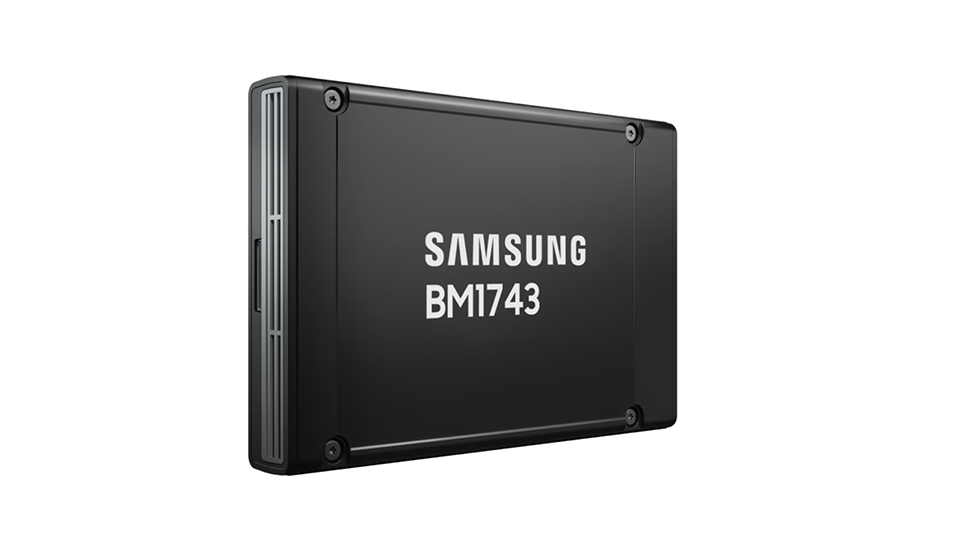Samsung shows insides of its 128TB SSD in all its glory but with a weird caveat — QLC-based BM1743 won't go on sale anytime soon and has a very short but strange 1-month retention
High capacity SSDs are becoming increasingly important as data storage demands continue to surge. Companies like Samsung, Huawei and Phison have been teasing future 128TB SSDs this year. These drives will provide a massive storage boost, essential for industries like AI, big data, and cloud services where vast amounts of information need to be processed and stored efficiently.
Huawei's 128TB SSD, is set to be part of its Exabyte-capable OceanStor A800 range, highlighting the need for such drives in large-scale data environments. Phison’s enterprise SSD platform, with its potential for 128TB capacity, also demonstrates how these drives will play a critical role in handling high-performance, data-intensive applications.
Samsung recently showcased its new 128TB SSD, the BM1743, at the Future of Memory and Storage 2024 event (formerly Flash Memory Summit). The drive, which features 122.88TB of usable storage, was displayed with an exploded view, giving attendees a glimpse of its internals. ServeTheHome, which covered the event, shared details and photos of the SSD’s internal structure, including its two PCBs filled with NAND and DRAM chips. However, booth representatives did not allow additional photographs, limiting the angles available for viewing.

One month retention
The Samsung BM1743, showcased as the industry’s largest QLC SSD, boasts a massive 128TB capacity with sequential read speeds of 7,500 MB/s and write speeds of 3,000 MB/s, along with a notable 45 percent improvement in power efficiency.
The drive does have an interesting caveat of offering just one month of data retention however, meaning that without power, data stored on the SSD may degrade after 30 days. This suggests that the BM1743 is designed for environments where data is continuously in use and regularly accessed, such as large AI or cloud computing systems, rather than for long-term data storage.
The BM1743 uses QLC NAND designed to increase storage capacity while keeping costs lower. Samsung revealed that the SSD can achieve 45K random write IOPS at 16KB, reflecting a shift in the industry towards higher performance benchmarks from the traditional 4K IOPS measurements. The larger 16KB standard is becoming more common, especially in drives intended for high-capacity environments.
While the BM1743 was a key feature at Samsung's booth, it is not yet available for purchase in its high capacity. The focus on it at the event does suggest that Samsung is preparing for its release, but there's currently no indication of when that will happen.
More from TechRadar Pro
- These are the best SSDs you can buy right now
- And these are the largest SSDs and HDDs
- Samsung teases blistering fast PCIe 5.0 SSDs
via Hosting & Support
Comments
Post a Comment